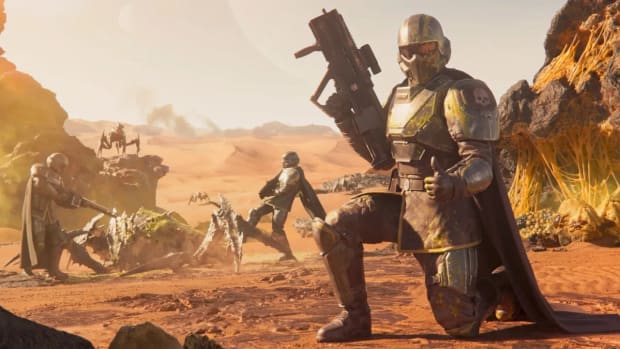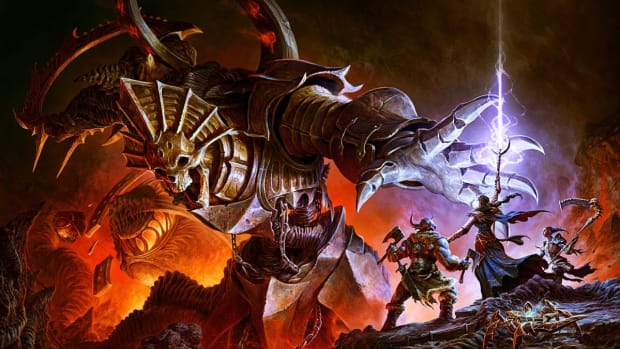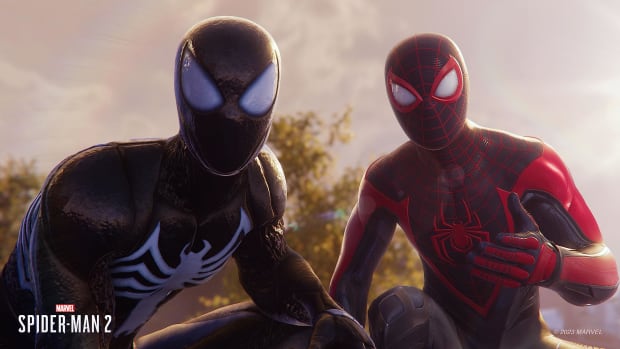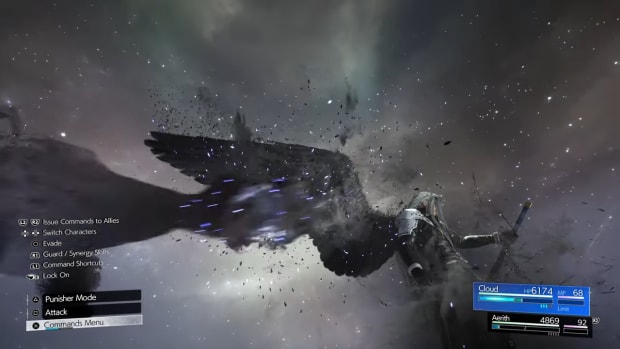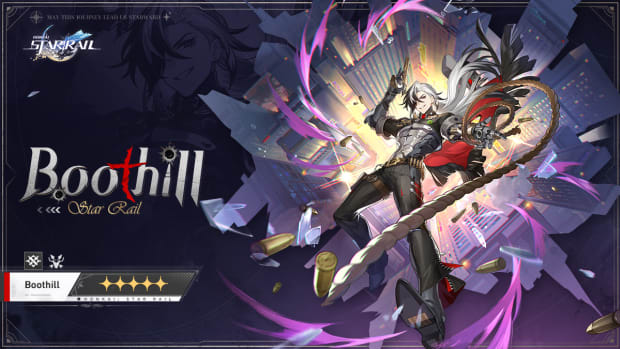
4 Key Takeaways From Red Bull Kumite: South Africa

Red Bull Kumite, the first major invitation for Street Fighter 6 took place over South Africa for a weekend of bouts. Not only was this a first for the game, but the first major international tournament on the continent of Africa. Kumite didn’t disappoint, revealing new opinions on character strengths to debuting new faces that might soon grace the international stage. So here’s what we learned from Red Bull Kumite: South Africa
Africa Has Something To Say In The FGC
In what was clearly the moment of the evening the South African FGC was treated to a shining moment. One of their native sons, JabihiM, was seeded in the first round to take on Japan’s Tokido. The Japanese veteran is one of the most storied fighting game competitors in history, so most gave JabhiM no chance to get out of the first best-of-5 round.
Once the match started, Tokido got out to an early lead, winning the first match. But JabhiM had other ideas. His Chun-Li play was solid and as the match went on he dug even deeper. By the 6th match in the set, it was clear that he was in Tokido’s head. JabhiM forced Tokido to perform risky moves to get out of the corner or go for unsafe blockstrings. Eventually, JabhiM closed out the match with a raw anti-air super, creating a lasting image for the African FGC members across the continent.
A New Generation Is Emerging In SF6
Between the Last Chance Qualifier and the main bracket on Sunday, there were plenty of upsets to be had at Red Bull Kumite. But one of the most shocking was that the old guard of SFV and previous games fell by the wayside at Kumite. In the LCQ, Japan’s Kakeru went on an insane run to make it into Sunday’s main event. To do so, he had to beat the UK’s EndingWalker, another young gun on the scene.
In the main bracket, Capcom Cup champion, iDom, pushed through multiple delayed flights & severe jet lag only to be trounced in the first round by Problem X. Established names like Gachikun, NL and Bonchan all found themselves out in the first round. Eventually, the finals came down to France’s Akainu and the UAE’s Big Bird. Two players who had never won a major tournament.
Player Interviews, Profiles And Chats Are Great
One thing esports has always had an issue with is making stars out of players and participants. Unlike traditional sports, we don’t see their faces splayed across billboards and sponsored posts. Even further than that, social media makes it so esports athletes are more accessible than any other. But even with that, there are plenty of things that can be done to humanize and amplify the mythos of these players. And Red Bull Kumite tried to do that.
In addition to some cool walkouts. Each player had a quick vignette before their first match. They explained the characters they play, their style of play and some of their experiences in the FGC. It was a fantastic way to learn more about each player and how they approach their craft. Also, in between sets, Kumite had discussions with some of the players about SF6. Some talked about what characters are the best (many seem to think Dee Jay is) and other conversations were about the viability of the Modern control scheme. It helped viewers get insight into how the pros view controversial topics around the game and provided great content for the stream.
Character Viability Is A Strength Of SF6
While JP may be looked at as a strong character. Kumite showed that even more of the roster is viable at the top level. CEO affirmed that Juri was a strong character, but it also gave us a Blanka appearance in the Grand Finals. At Kumite, we saw a couple of characters that saw virtually no play at CEO. We already talked about JahbiM’s Chun-Li clinic against Tokido, but we also saw Problem X win 5-0 against iDom with Lily. Many consider Lily to be among the “worst” characters in the game but Problem X seemed to get the most out of her. The champion of the entire evening, Big Bird, did so by using Marisa. We didn’t see any representation of this character in the top 8 of CEO.
Seeing characters that aren’t necessarily considered “top tier” be competitive or even winning events is a great sign for the game. It means that the gap between strong characters with lots of tools and “weaker” ones who have more rigid gameplans is small. And when that’s true of your fighting game, then it makes for a healthy competitive landscape where players don’t feel punished for their choice of character.


